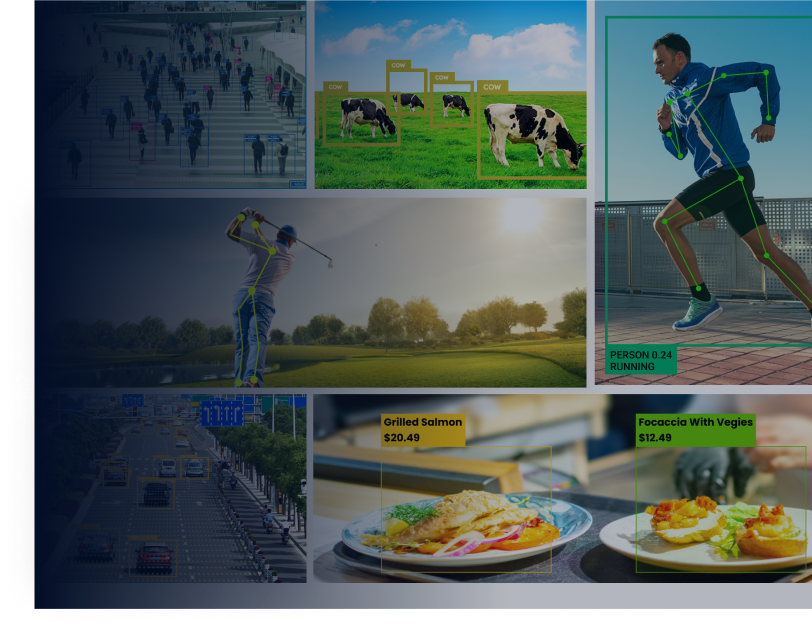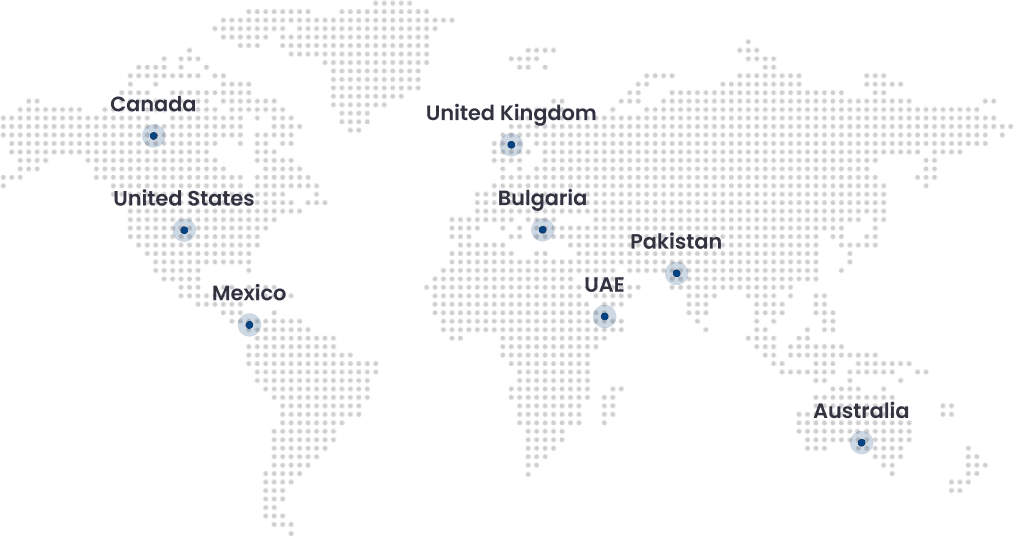Computer vision technology represents a revolutionary advancement in artificial intelligence, enabling machines to interpret and understand visual information from the world around them.
This cutting-edge technology has become increasingly vital in modern technological ecosystems, driving innovation across industries from healthcare to manufacturing.
Computer vision in automotive industry is experiencing unprecedented growth and relevance, fundamentally transforming how vehicles perceive their environment, make decisions, and interact with both passengers and infrastructure.
What is Computer Vision?
Computer vision is the interdisciplinary field that enables machines to derive meaningful information from digital images and videos.
Core Components
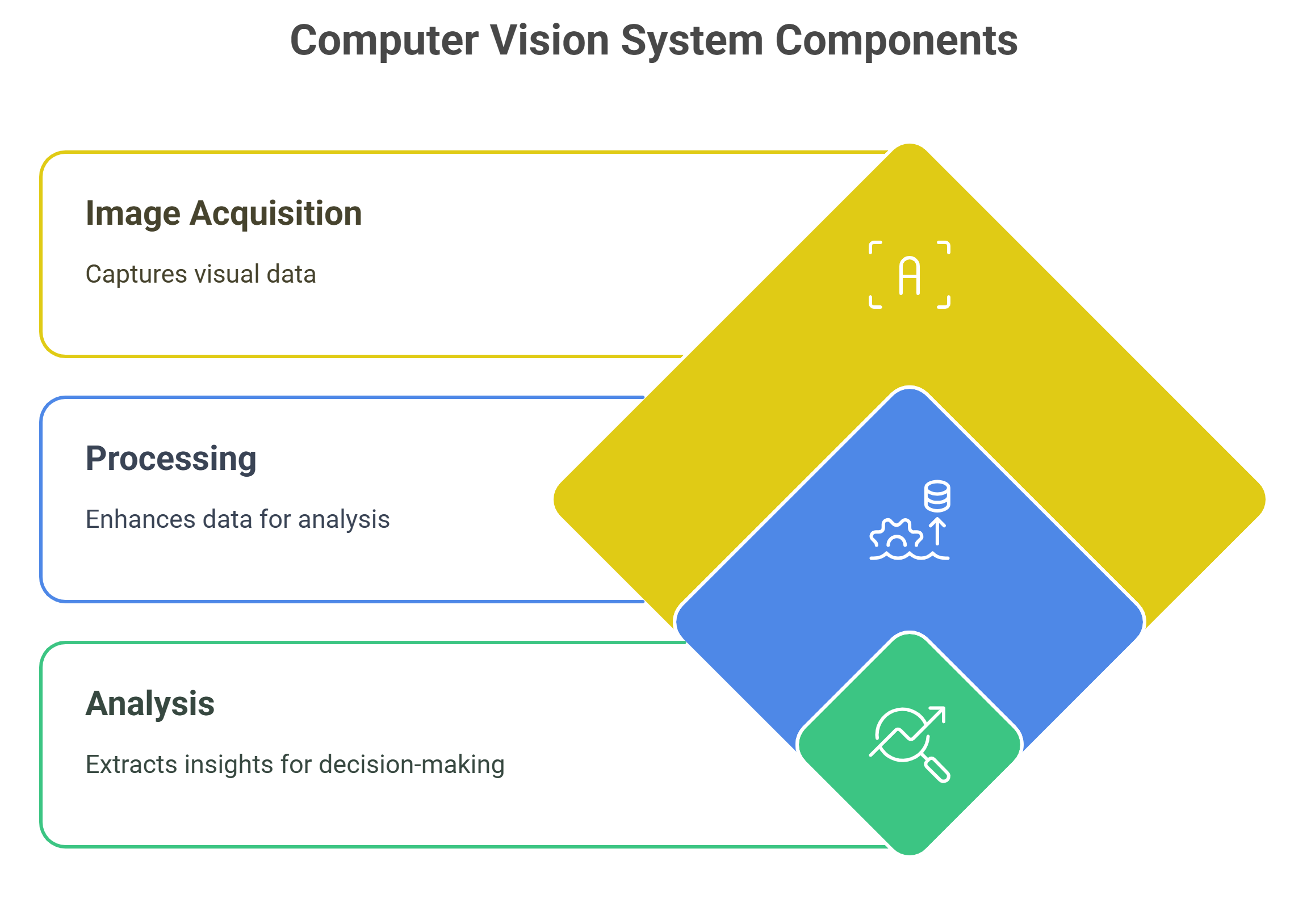
Computer vision systems in automotive applications rely on three fundamental components that work together to transform raw visual data into actionable intelligence for vehicle decision-making and safety enhancement.
Image Acquisition: The process involves capturing visual data through cameras, sensors, and imaging devices, converting real-world scenes into digital formats that machines can process and analyze effectively.
Processing: Raw visual data undergoes sophisticated computational processing, including noise reduction, image enhancement, and feature extraction, preparing the information for meaningful analysis and interpretation.
Analysis: Advanced algorithms examine processed images to identify patterns, objects, and relationships, extracting actionable insights that enable intelligent decision-making and automated responses in real-time applications.
Difference Between Computer Vision and General AI
Understanding the distinction between computer vision and general artificial intelligence is crucial for comprehending their respective roles in automotive technology and application-specific implementations.
Scope and Specialization
Computer vision specifically focuses on visual perception and image understanding, while general AI encompasses broader cognitive abilities, including language processing, reasoning, and problem-solving.
Unlike general AI systems that work with various data types, computer vision specializes exclusively in interpreting visual information.
Application Focus
Computer vision systems are designed for specific visual tasks like object detection or scene understanding, whereas general AI aims for human-like intelligence across multiple domains.
This specialization allows computer vision to achieve superior performance in visual tasks compared to general-purpose AI systems.
Training Methodologies
The training methodologies also differ significantly, with computer vision relying heavily on labeled image datasets and convolutional architectures, while general AI employs diverse learning approaches across multiple data modalities.
This focused approach enables computer vision systems to excel in their specific domain while general AI systems aim for broader adaptability.
Key Technologies Involved
Three critical technologies form the foundation of modern computer vision systems in automotive applications, each contributing unique capabilities for enhanced vehicle perception.
Deep Learning
Deep learning forms the backbone of modern computer vision, utilizing artificial neural networks with multiple layers to automatically learn hierarchical representations from visual data.
These sophisticated models can identify complex patterns, features, and relationships in images without manual feature engineering.
Deep learning algorithms excel at tasks like image classification, object detection, and scene understanding, continuously improving their performance through exposure to vast amounts of training data.
Convolutional Neural Networks (CNNs)
CNNs are specialized deep learning architectures designed specifically for processing grid-like data such as images.
They employ convolutional layers that apply filters to detect local features like edges, textures, and patterns, followed by pooling layers that reduce spatial dimensions while preserving important information.
CNNs excel at translation-invariant feature detection, meaning they can recognize objects regardless of their position in an image, making them particularly valuable for automotive applications like traffic sign recognition and pedestrian detection.
Sensor Fusion
Sensor fusion combines data from multiple sensing modalities, including cameras, LiDAR, radar, and ultrasonic sensors, to create a comprehensive understanding of the vehicle’s environment.
This technology integrates visual information from computer vision systems with distance measurements from LiDAR and motion detection from radar, providing redundant and complementary data streams.
By fusing these diverse sensor inputs, automotive systems achieve higher reliability, accuracy, and robustness than any single sensor could provide alone, essential for safety-critical applications like autonomous driving.
Role of Computer Vision in the Automotive Industry
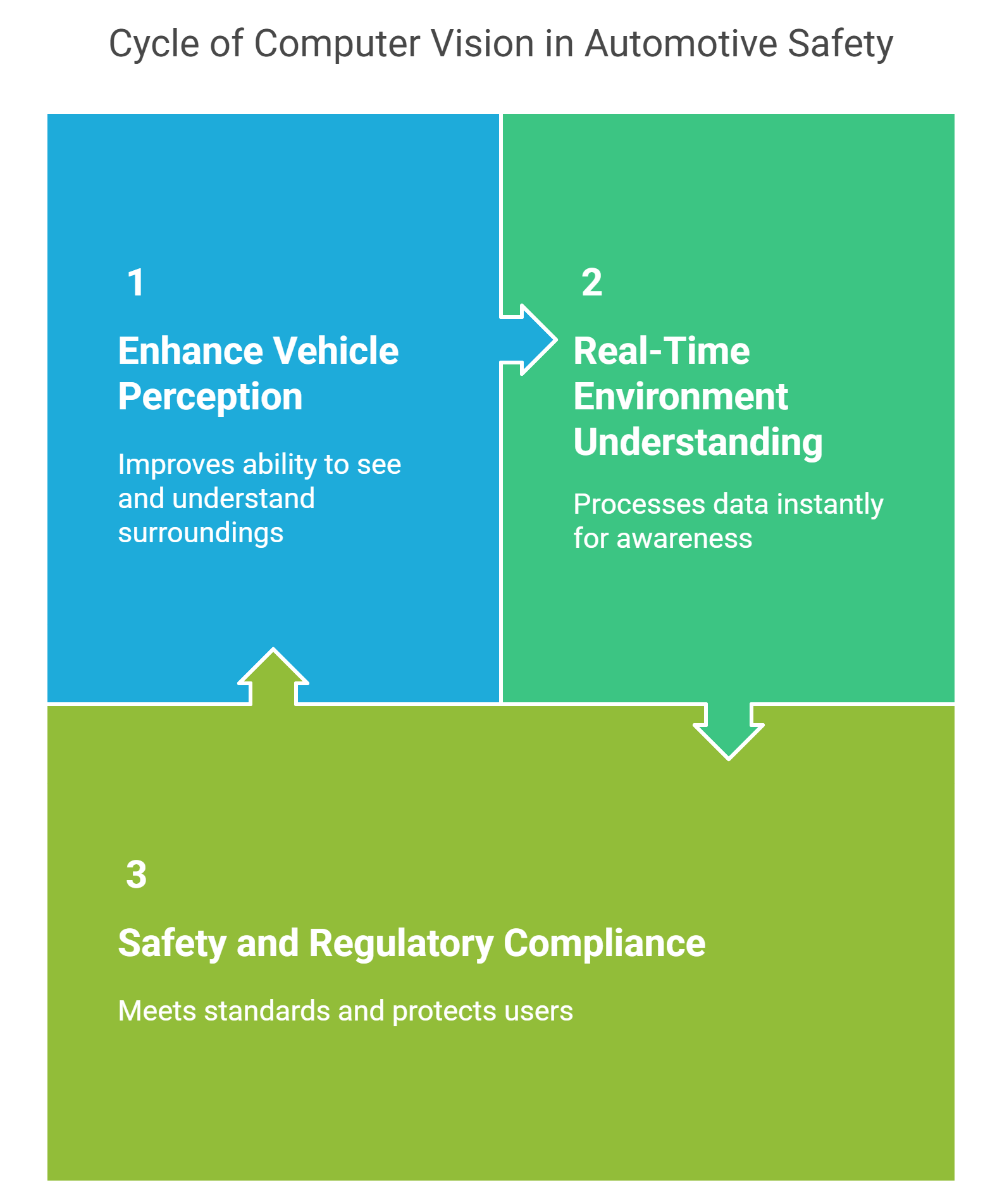
Computer vision serves as the digital eyes of modern vehicles, fundamentally transforming how automobiles perceive and interact with their surroundings.
Enhanced Vehicle Perception and Decision-Making: Computer vision systems provide vehicles with sophisticated visual intelligence, enabling them to identify objects, assess situations, and make informed decisions based on comprehensive environmental understanding.
Real-Time Environment Understanding: Advanced vision algorithms process visual data instantaneously, allowing vehicles to continuously monitor changing road conditions, traffic patterns, and potential hazards for immediate response and adaptation.
Safety and Regulatory Compliance: Computer vision technologies help automotive manufacturers meet stringent safety standards and regulatory requirements while providing additional layers of protection for passengers, pedestrians, and other road users.
Key Use Cases of Computer Vision in the Automotive Industry
Computer vision applications in automotive span from manufacturing to autonomous driving, revolutionizing every aspect of the automotive ecosystem. Here are some of computer vision use cases in automotive industry.
A. Advanced Driver Assistance Systems (ADAS)
ADAS leverages computer vision to enhance driver safety and convenience through intelligent monitoring and assistance features that reduce human error and improve overall road safety.
Lane Departure Warning: Monitors lane markings and alerts drivers when unintentional lane drift occurs
Traffic Sign Recognition: Identifies and interprets road signs, speed limits, and traffic signals automatically
Adaptive Cruise Control: Maintains safe following distances by detecting vehicles ahead using visual sensors
Blind Spot Detection: Uses cameras to monitor areas around the vehicle that drivers cannot see directly
B. Autonomous Driving
Autonomous driving represents the pinnacle of computer vision application, enabling vehicles to navigate complex environments without human intervention through sophisticated visual perception systems.
Object Detection and Tracking: Continuously identifies and follows pedestrians, vehicles, cyclists, and other road users
3D Mapping and Localization: Creates detailed three-dimensional maps while determining precise vehicle position
Scene Understanding and Path Planning: Interprets complex traffic scenarios and plans optimal navigation routes
C. Driver Monitoring Systems
Driver monitoring systems use computer vision to ensure driver alertness and safety by continuously analyzing driver behavior and physical state through cabin-facing cameras.
Drowsiness Detection: Analyzes eye movement patterns and facial expressions to identify fatigue
Attention Monitoring: Tracks driver focus and alerts when attention diverts from driving
Facial Recognition: Provides personalized vehicle settings and enhanced security through biometric identification
D. In-Cabin Experience Enhancement
Computer vision transforms the interior vehicle experience by enabling intuitive interaction methods and personalized comfort features that respond to occupant needs and preferences.
Gesture Recognition: Allows contactless control of infotainment, climate, and vehicle functions
Occupant Detection: Monitors passenger presence and behavior for safety and comfort optimization
Child Presence Detection: Prevents hot car incidents by detecting children left in vehicles
E. Traffic Management and Infrastructure Interaction
Computer vision enables intelligent communication between vehicles and traffic infrastructure, optimizing traffic flow and reducing congestion through coordinated systems and real-time data sharing.
Vehicle-to-Infrastructure Communication: Enables data exchange between vehicles and traffic management systems
Traffic Flow Optimization: Analyzes traffic patterns to improve signal timing and routing
Smart City Integration: Connects vehicles with urban infrastructure for coordinated transportation management
F. Vehicle Inspection and Manufacturing
Computer vision revolutionizes automotive manufacturing by providing precise, automated quality control and inspection capabilities that ensure consistent product quality while reducing production costs.
Automated Quality Control: Inspects components and assemblies for defects without human intervention
Defect Detection: Identifies surface flaws, dimensional errors, and assembly mistakes automatically
Assembly Line Monitoring: Tracks production processes and ensures proper component installation
G. AI Transportation Solutions
AI-powered transportation solutions leverage computer vision to optimize entire transportation networks, improving efficiency and reducing environmental impact through intelligent traffic management and predictive analytics.
AI-Powered Traffic Flow Analysis: Uses visual data to optimize traffic patterns and reduce congestion
Demand Forecasting: Predicts transportation needs for better resource allocation and planning
Incident Detection and Route Optimization: Identifies accidents quickly and suggests alternative routes automatically
H. Fleet Management
Fleet management software utilize computer vision to monitor vehicle performance, driver behavior, and operational efficiency, enabling companies to optimize their transportation operations and reduce costs.
Real-Time Vehicle Tracking: Monitors fleet location, status, and performance using visual analytics
Driver Behavior Analysis: Evaluates driving patterns to improve safety and reduce insurance costs
Predictive Maintenance: Uses visual data to predict component failures before they occur
I. Vehicle Counting and Monitoring
Vehicle counting software provide valuable traffic data for urban planning, infrastructure management, and transportation optimization through automated surveillance and analysis capabilities.
Real-Time Vehicle Detection: Automatically counts and classifies vehicles using surveillance camera networks
Traffic Density Estimation: Measures traffic volume and congestion levels for planning purposes
Road Usage Analytics: Provides insights into traffic patterns and infrastructure utilization rates
J. Automatic License Plate Recognition (ALPR)
ALPR systems use computer vision to automatically read and process license plate information, enabling efficient vehicle identification for security, enforcement, and access control applications.
Security Monitoring: Controls access to parking facilities and restricted areas automatically
Toll Collection and Law Enforcement: Automates toll payments and identifies traffic violations
Vehicle Identification: Tracks fleet vehicles and manages parking facility operations efficiently
K. AI Smart Parking Solutions
AI Smart parking solutions employ computer vision to transform parking management, reducing urban congestion and improving the parking experience through automated detection and guidance systems.
Visual Detection of Available Parking Spots: Uses cameras to identify open parking spaces in real-time, reducing search time and traffic congestion in urban areas.
Real-Time Parking Guidance Systems: Provides drivers with immediate directions to available parking spots through mobile apps and digital signage, improving traffic flow and user experience.
Automated Parking Payment Systems: Integrates with license plate recognition to enable seamless payment processing, eliminating the need for physical tickets or manual payment transactions.
Parking Violation Detection: Monitors parking compliance and automatically identifies violations such as overstaying time limits or parking in unauthorized areas for efficient enforcement.
Case Study: Aiden’s Vehicle Data Intelligence Platform
Aiden, a California-based startup founded by Volvo Cars innovators, demonstrates practical computer vision implementation in automotive data collection and processing systems.
Aiden developed an automated vehicle provisioning system using AWS IoT Core with bootstrap certificates, enabling seamless integration of new vehicles into their data collection network. The platform processes sensor data from vehicles and distributes it to various consumers through intelligent data pipelines.
Folio3 augmented Aiden’s staff with an experienced MLOps team to manage machine learning workloads, ensuring faster deployment cycles and reduced system errors. The solution was deployed on AWS Cloud infrastructure with comprehensive data segregation and distribution capabilities for maximum efficiency.
Results and Performance Enhancement
Folio3 team delivered all project modules on time over 10 months, enhancing Aiden’s software functionality by 50%. The collaboration successfully demonstrated how expert MLOps services can transform automotive data into actionable intelligence for consumers.
Benefits of Using Computer Vision in Automotive Applications
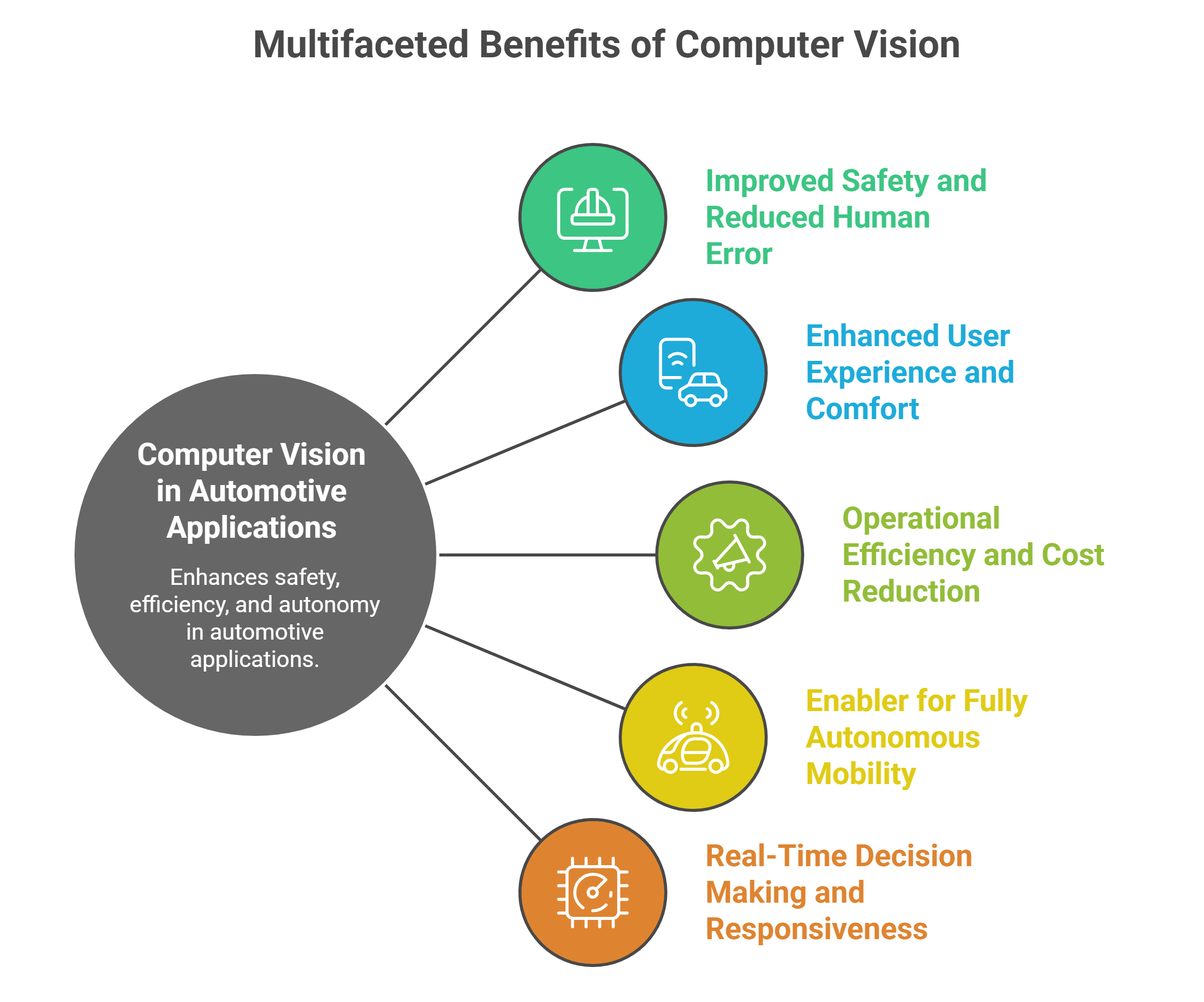
Computer vision technology delivers transformative advantages across the automotive ecosystem, from enhancing safety to enabling new business models and operational efficiencies.
Improved Safety and Reduced Human Error: Computer vision systems provide consistent, reliable monitoring that never gets tired or distracted, significantly reducing accidents caused by human factors like fatigue, inattention, or impaired judgment while providing instant response capabilities.
Enhanced User Experience and Comfort: Advanced vision systems create personalized, intuitive vehicle experiences through gesture control, automatic climate adjustment, entertainment recommendations, and seamless integration with personal devices for maximum convenience and satisfaction.
Operational Efficiency and Cost Reduction: Automated inspection processes, predictive maintenance capabilities, optimized routing, and reduced insurance premiums through improved safety records combine to deliver substantial cost savings across manufacturing, fleet operations, and individual ownership.
Enabler for Fully Autonomous Mobility: Computer vision serves as the foundation technology that makes self-driving vehicles possible, providing the visual perception necessary for safe navigation while opening new possibilities for mobility services and transportation models.
Real-Time Decision Making and Responsiveness: Computer vision enables instantaneous processing of visual data, allowing vehicles to make split-second decisions in dynamic traffic conditions, respond to sudden hazards, and adapt to changing environmental conditions faster than human reflexes.
FAQs
Is computer vision used in self-driving cars?
Yes, computer vision is essential for self-driving cars, serving as their primary visual perception system. These systems use cameras and AI algorithms to identify objects, read road signs, detect lane markings, and navigate complex traffic scenarios safely.
Which computer vision models are used to identify cars on the road?
Convolutional Neural Networks (CNNs) and object detection models like YOLO, R-CNN, and SSD are commonly used for vehicle identification. These deep learning models can detect, classify, and track multiple vehicles simultaneously in real-time driving conditions.
What is the best example of computer vision?
Tesla’s Full Self-Driving system represents one of the most advanced computer vision applications, using multiple cameras and neural networks to navigate roads autonomously. The system demonstrates comprehensive visual perception, from traffic light recognition to complex intersection navigation.
Final Words
Computer vision technology has emerged as the cornerstone of automotive innovation, fundamentally transforming how vehicles perceive, interact with, and navigate through the world.
From enhancing driver safety through advanced assistance systems to enabling fully autonomous navigation, computer vision applications continue to push the boundaries of what’s possible in transportation.
The technology’s ability to process visual information in real-time, combined with continuous advancements in AI and machine learning, positions computer vision as an indispensable element in the automotive industry’s digital transformation journey.

Dawood is a digital marketing pro and AI/ML enthusiast. His blogs on Folio3 AI are a blend of marketing and tech brilliance. Dawood’s knack for making AI engaging for users sets his content apart, offering a unique and insightful take on the dynamic intersection of marketing and cutting-edge technology.

